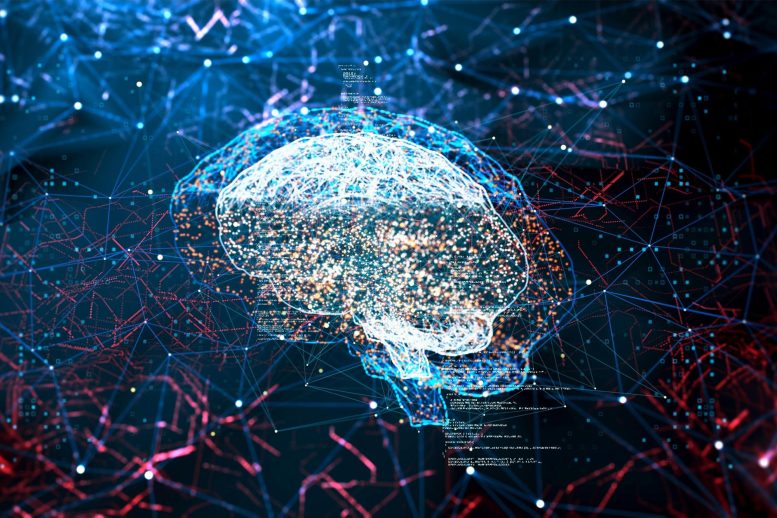
Stanford’s Wu Tsai Neurosciences Institute has developed an AI model called a topographic deep artificial neural network (TDANN) that mimics the brain’s organization of visual information. This model, which uses naturalistic inputs and spatial constraints, has successfully replicated the brain’s functional maps and could significantly impact both neuroscience research and artificial intelligence. The findings, published after seven years of research, highlight the potential for more energy-efficient AI and enhanced virtual neuroscience experiments that could revolutionize medical treatments and AI’s visual processing capabilities.
Stanford researchers have developed an AI that replicates brain-like responses to visual stimuli, potentially transforming neuroscience and AI development with implications for energy efficiency and medical advancements.
A team at Stanford’s Wu Tsai Neurosciences Institute has achieved a significant breakthrough in using AI to mimic the way the brain processes sensory information to understand the world, paving the way for advancements in virtual neuroscience.
Watch the seconds tick by on a clock and, in visual regions of your brain, neighboring groups of angle-selective neurons will fire in sequence as the second hand sweeps around the clock face. These cells form beautiful “pinwheel” maps, with each segment representing a visual perception of a different angle. Other visual areas of the brain contain maps of more complex and abstract visual features, such as the distinction between images of familiar faces vs. places, which activate distinct neural “neighborhoods.”
Such functional maps can be found across the brain, both delighting and confounding neuroscientists, who have long wondered why the brain should have evolved a map-like layout that only modern science can observe.
To address this question, the Stanford team developed a new kind of AI algorithm — a topographic deep artificial neural network (TDANN) — that uses just two rules: naturalistic sensory inputs and spatial constraints on connections; and found that it successfully predicts both the sensory responses and spatial organization of multiple parts of the human brain’s visual system.
Seven Years of Research Culminate in Publication
After seven years of extensive research, the findings were published in a new paper — “A unifying framework for functional organization in the early and higher ventral visual cortex” — in the journal Neuron.
The research team was led by Wu Tsai Neurosciences Institute Faculty Scholar Dan Yamins, an assistant professor of psychology and computer science; and
Institute affiliate Kalanit Grill-Spector, a professor in psychology.
Unlike conventional neural networks, the TDANN incorporates spatial constraints, arranging its virtual neurons on a two-dimensional “cortical sheet” and requiring nearby neurons to share similar responses to sensory input. As the model learned to process images, this topographical structure caused it to form spatial maps, replicating how neurons in the brain organize themselves in response to visual stimuli. Specifically, the model replicated complex patterns such as the pinwheel structures in the primary visual cortex (V1) and the clusters of neurons in the higher ventral temporal cortex (VTC) that respond to categories like faces or places.
Eshed Margalit, the study’s lead author, who completed his PhD working with Yamins and Grill-Spector, said the team used self-supervised learning approaches to help the SciTechDaily